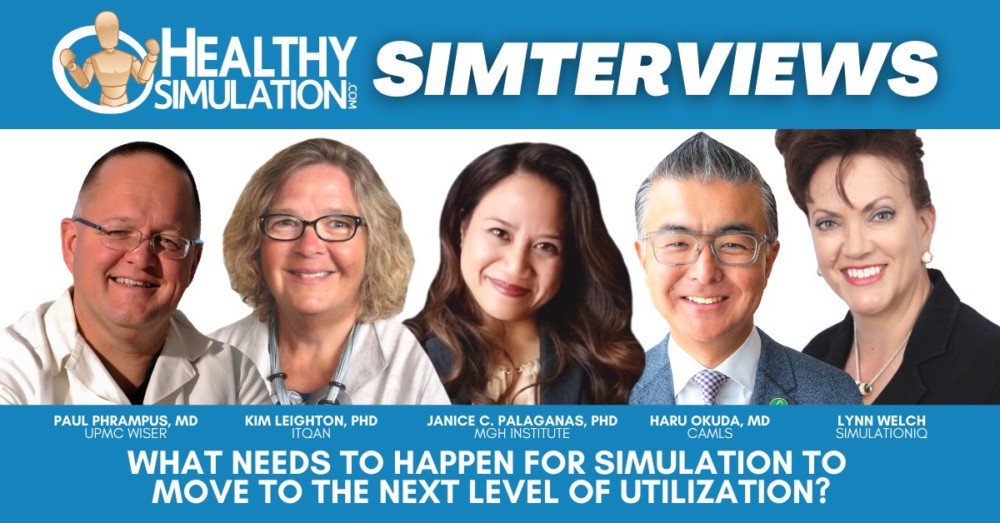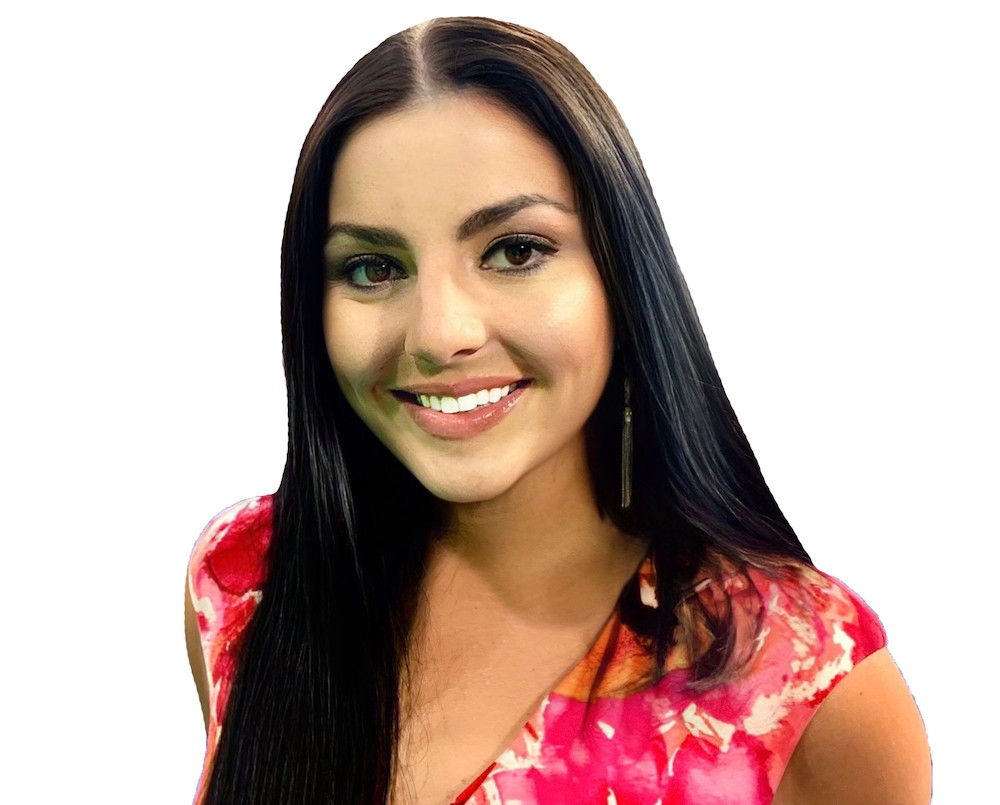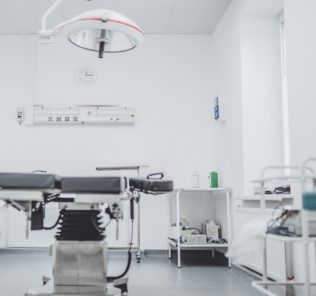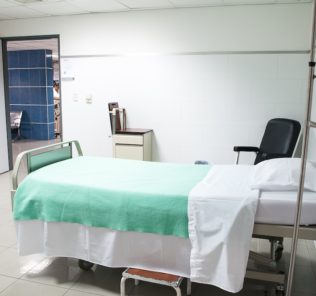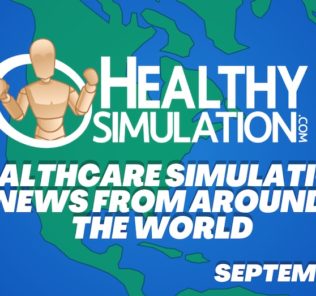Simterviews: Medical Simulation Experts Discuss Next Level of Healthcare Simulation Utilization
The field of healthcare simulation has seen an acceleration of implementation during the past decade, with an additional push in usage given the need for virtual simulation during the coronavirus pandemic. The simulation community has been able to help millions of patients, increasing patient safety through effective simulation training and education made possible by numerous societies, associations, vendors and products.
Moving forward, HealthySimulation.com spoke to a number of healthcare simulation experts about what needs to happen for clinical simulation to reach the next level of utilization during the website’s new Simterviews series. Throughout this series, many of these experts shared that to progress forward, medical simulation leaders must continue educating others on the power and necessity of healthcare simulation. They also expressed that as new innovations continue to revolutionize clinical simulation training, these solutions must be both affordable and accessible.
Sponsored Content:
Dr. Paul Phrampus, MD, Director of the Peter M. Winter Institute for Simulation, Education and Research (WISER), and professor in the Departments of Emergency Medicine and Anesthesiology at the University Of Pittsburgh School Of Medicine.
Dr. Paul Phrampus: I think there are a number of possibilities. What I alluded to in terms of the ROI calculation is one thing. I think that some advocacy work in terms of lawmakers and third-party payers — meaning insurance companies — and regulatory and accrediting bodies would help. Educating as to how we can use simulation as a more powerful force for creating higher quality and safer healthcare would help as well. They could turn up the heat a little regarding regulations, legislation, and / or general encouragement for hospitals and healthcare systems to increase their use of clinical simulation.
I think on the education side, or the school side, of the equation, a lot of that work is being done already out of a necessitated need. It’s harder and harder for schools to find clinical sites for learners to get clinical rotation. I think that’s been dramatically exacerbated by the COVID-19 situation. As a result, people are turning to simulation more. There’s been a lot of great work that’s fed into this.
The National League of Nursing, or NLN, sponsored a study that was showing that nursing schools could replace clinical time with medical simulation, and students perform just as well or better with that substitution. I think we need more work like that academically that helps feed into that value equation to show how simulation can really blossom. I think that it’s particularly timely with the COVID-19 situation as it’s really forming as a disruptive force to all of education.
Sponsored Content:
Kim Leighton, PhD, RN, CHSOS, CHSE, ANEF, FAAN. Executive Director, ITQAN Clinical Simulation & Innovation Center in Doja, Qatar. She is the founder of the Evaluating Healthcare Simulation website, and is respected as a simulation educator, researcher, and mentor.
Dr. Kim Leighton: I think there are two things. Affordability is still a barrier, though we’ve made huge strides in that over the years. As I mentioned, our first simulator was a quarter million dollars, and now you can get perfectly acceptable models for $30,000 or less. However, low-income places still can’t afford that.
Second, I hate to say it’s easy to get the clinical simulation equipment, but it kind of is because there’s grant and donor money available. What is almost impossible to get is the education and training so that people can learn how to teach with this equipment. In order to move forward, people need to be continually educated on how best to use clinical simulation equipment. When I go to conferences, every year it’s amazing to see the huge percentage of people who are brand new to the healthcare simulation community. For everyone who can go, there are just as many who can’t go to these events. We need help and support for faculty development. That’s the missing piece.
Janice C. Palaganas, PhD, RN, NP, ANEF, FNAP, FAAN, FSSH is the Associate Director of Health Professions Education at MGH Institute of Health Professions and Principal Faculty at the Center for Medical Simulation (CMS). She develops health professions educators in an Integrated Programming Environment setting.
Dr. Janice C. Palaganas: We realized that many centers are doing a lot of creative things, and they’re doing so much work that they haven’t been able to publish yet. We have a group that includes presidents of the societies, editors, journal editors, and other kinds of leaders in simulation brought together to create a large-scale survey to figure out all of the creative things that people are doing. This needed to be done in a way that we can inform the fields of where the research needs to be, so that we can build on what we know and keep building and creating.
It’s really getting a sense of what we know. I’m hoping this survey will give a good snapshot as to where we are. It’s almost like a needs assessment so that Simulationist know where we need to start focusing attention on. Focus areas could be the things that we didn’t consider broad outside of our own individual boxes and how other people are doing things. I feel like Simulationists play around and are very hands-on.
Dr. Haru Okuda, MD, FACEP, FSSH, is the executive director of University of South Florida Health’s Center for Advanced Medical Learning and Simulation (CAMLS). In this role, he has oversight of a 90,000-foot, state of the art, advanced training facility, with the mission of creating and providing experiential learning that improves clinical skills and patient care in the community and around the globe.
Dr. Okuda: Hospital systems, hospitals, insurance companies and governments really need to understand the value of healthcare simulation and really set that as an expectation. This expectation should be that if you go to a hospital, residents are well-trained and will take care of you.
All residents should have gone through these proven, evidence-based training simulation programs. We still have a ways to get there, but we’re doing better. I think that’s where we need to focus: what we’ve done in the past. We need to build on that to continue improving; I think we need to do that as a society and as an organization. Even though we’ve accomplished a lot of tasks, such as creating dictionaries and standards, there are other standards that still need to be defined. We need to innovate in terms of what simulation and experiential learning mean, and create simulations that are both inexpensive and accessible.
There are great organizations and companies that are addressing simulation needs, but I think we could do this much better. Having worked in the VA and visited some of the more rural VA facilities, I know they don’t have the subject matter experts to teach out there. They don’t have the necessary equipment and the resources to teach virtually.
There are cellphones, iPhones, Androids everywhere in the country, everywhere in the world. We should be able to teach those target audiences through virtual simulation and experiential learning. This technology shouldn’t be available only to the places that can afford it, or just in major cities. We need to really innovate in technology and how we do training, and gear simulations more towards just-in-time training. I think the adoption of healthcare simulation will thereby increase significantly.
Lynn Welch is the vice president of business development and marketing at Education Management Solutions, now SimulationIQ. She has also served as a Board of Director At Large Member and corporate roundtable chair at the Society for Simulation in Healthcare (SSH) since January 2020. Her unique background includes federal defense, global marketing, business development, sales leadership, and volunteer efforts.
Lynn Welch: I think we all have to continue being creative. I think that the tools have to be easy to use. They have to be intuitive, and they really have to embrace a more open architecture. This needs to be done so we’re not as dependent on a specific device or manufacturer, so that there’s more open sharing of learning outcomes, and the basic concepts around those learning outcomes. We can let the analysis, the data and the outcomes guide technology development.
I was the Chair of the Corporate Roundtable for the Society for Simulation in Healthcare when Covid-19 set in. All of the round table members gathered to put out a call to consider what we could do. What do we have? What can we quickly adapt from a technology standpoint to help our whole industry? We put up a COVID-19 resources page, and that became a very collaborative space. Then SSH and Lance with HealthySimulation.com jumped in and really started pushing collaboration. We were really picking up new ideas, pushing them out and helping everyone to communicate. I think that’s critical. It’s not about a technology provider like my company, EMS, doing things in a silo. It’s how we collaborate together and build the products that make a difference.
As for the healthcare simulation industry becoming as integrated and supported as the aviation simulation industry, mandates need to occur. If you look at the aviation industry, they realized they had some critical safety errors. Then there were mandates, both federal and within their own groups and organizations, where they adopted particular requirements. These were intended to drive a reduction in critical safety issues. If you look in the healthcare space, we have less of that on the professional healthcare side. On the academic side, the value of clinical simulation is acknowledged, and it’s been integrated into the curriculum and the education flow. You’re seeing that expanding rapidly across all areas of allied health.
Medical simulation is growing rapidly on the academic side. It is growing organically in active practice on the healthcare professional side and across the major healthcare systems, but there’s no mandate for it. There’s no organized requirements around it. There are small pockets, but there’s no overarching acknowledgement that there is a critical patient safety issue. Here is where healthcare simulation plays a part, and the overall plan and mandate for how it should be implemented across healthcare systems and disciplines doesn’t exist. Until that bridge is built and closes the gap between how academia and healthcare systems jointly embrace healthcare simulation, you’re going to have some limitations, and you’re not going to see the real reduction in patient safety errors that you could have otherwise.
Subscribe Now for More Great Simterviews!
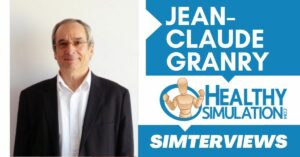
Simterview Avec le Professeur Jean Claude Granry, Pionnier Français de la Simulation en Santé
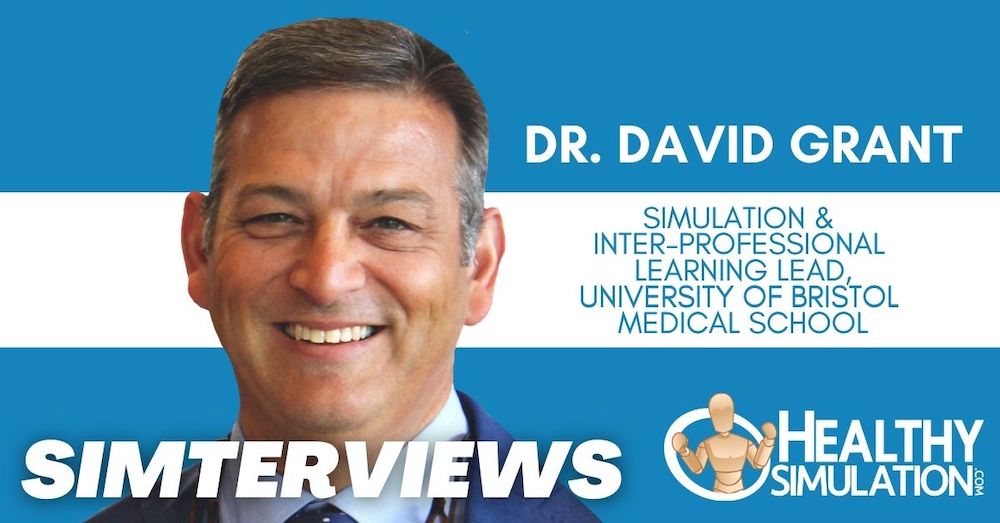
Simterviews: Dr. David Grant | Simulation Learning Lead, University of Bristol Medical School
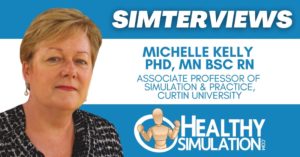
Simterviews: Dr. Michelle Kelly | Associate Professor of Simulation & Practice, Curtin University
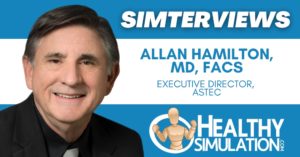
Simterviews: Dr. Allan Hamilton | Executive Director, ASTEC
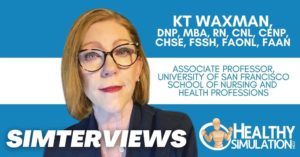
Simterviews: Dr. KT Waxman | Associate Professor at the Associate Professor at the University of San Francisco School of Nursing and Health Professions
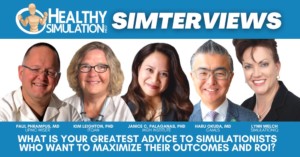
Simterviews: Medical Simulation Experts Discuss Ways to Maximize ROI
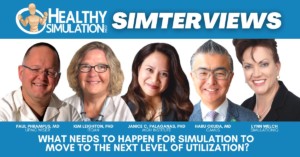
Simterviews: Medical Simulation Experts Discuss Next Level of Healthcare Simulation Utilization
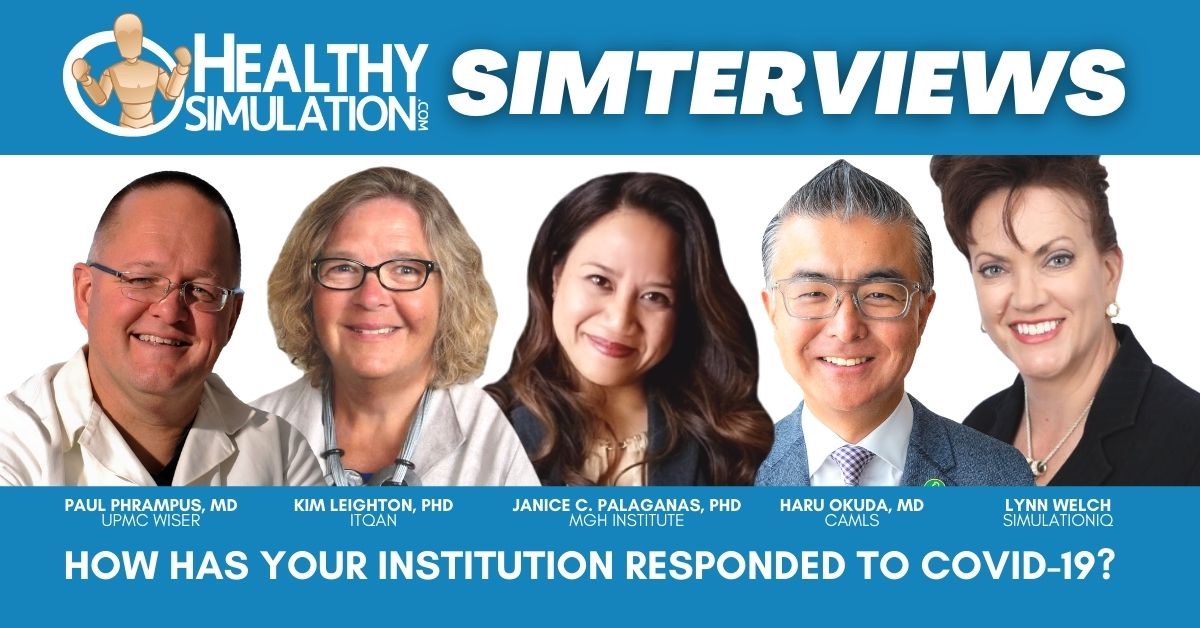
Simterviews: Medical Simulation Experts Discuss COVID-19 Responses
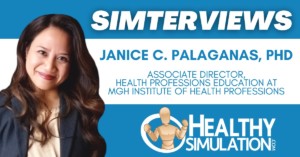
Simterviews: Dr. Janice Palaganas | Associate Director of PhD Program, MGH Institute
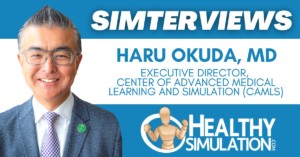
Simterviews: Dr. Haru Okuda | Executive Director, CAMLS
Lindsey Nolen is the Content Director for HealthySimulation.com. She is an award-winning journalist with years of experience writing about the many different facets of healthcare, including clinical simulation education and training. She also helped create content for the healthcare career information website, CareersinHealthcare.com.
Sponsored Content:



